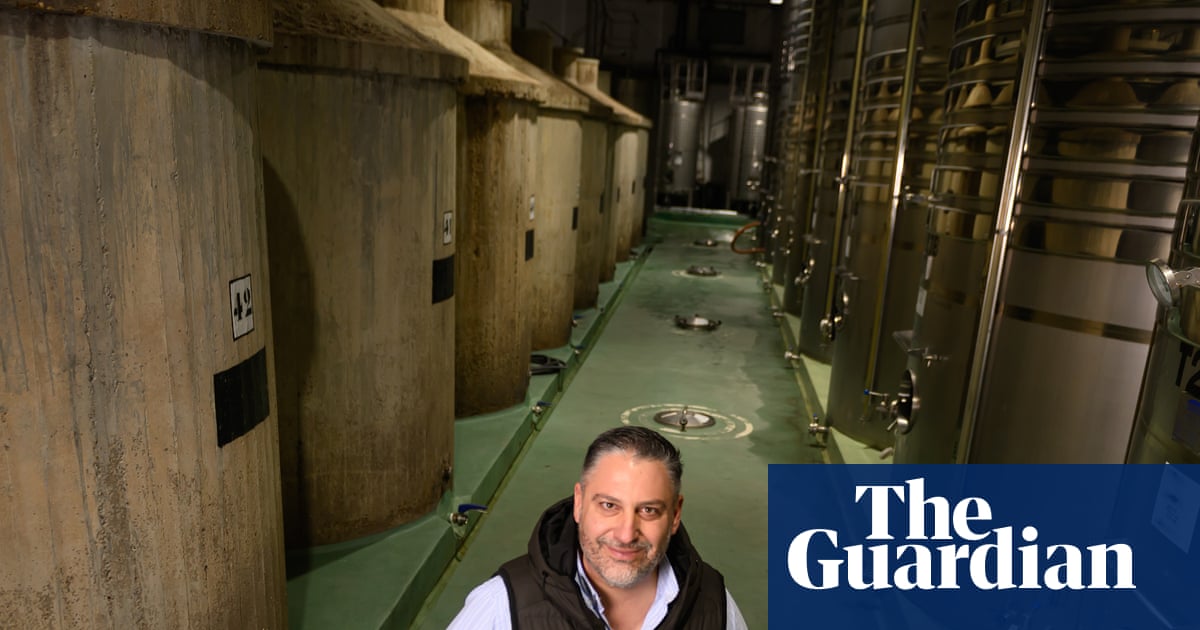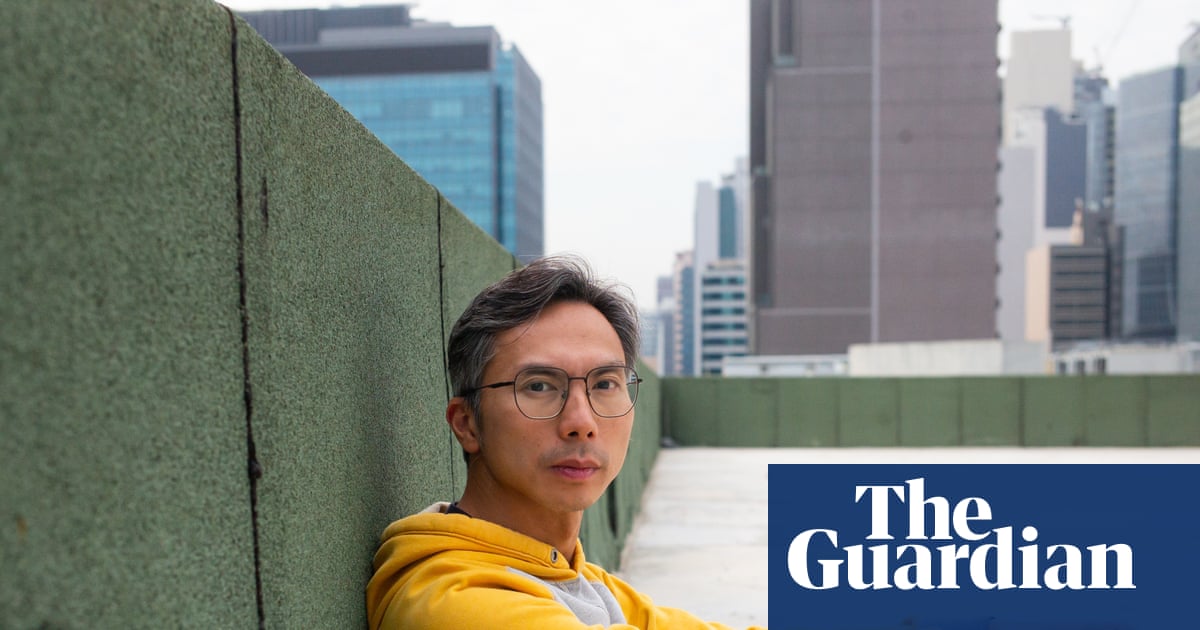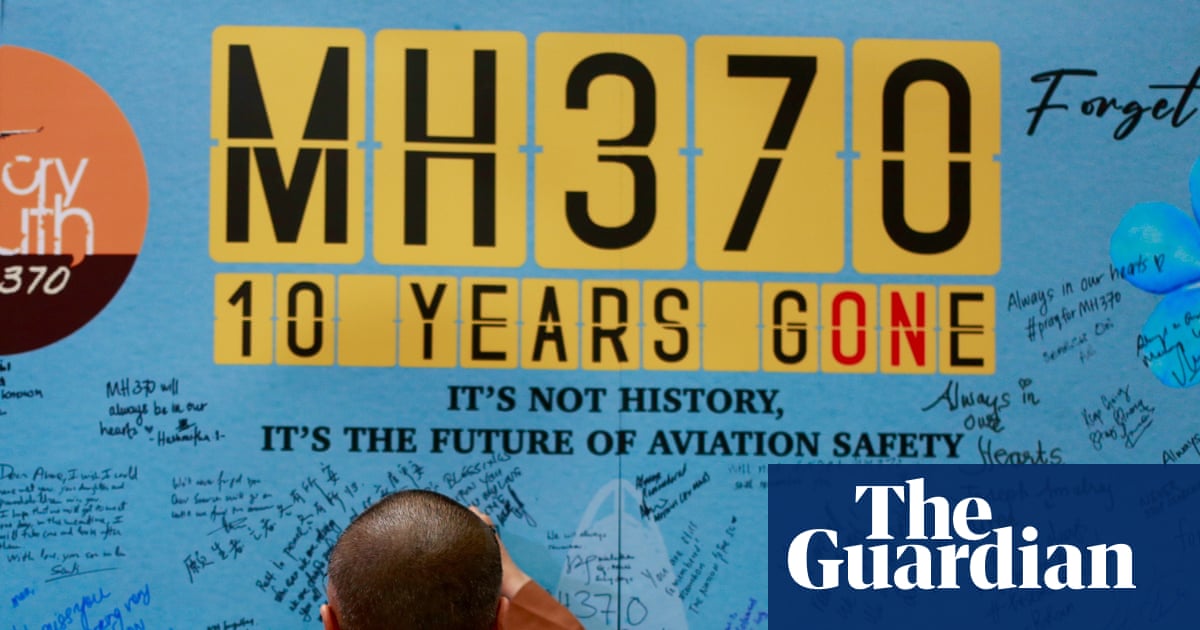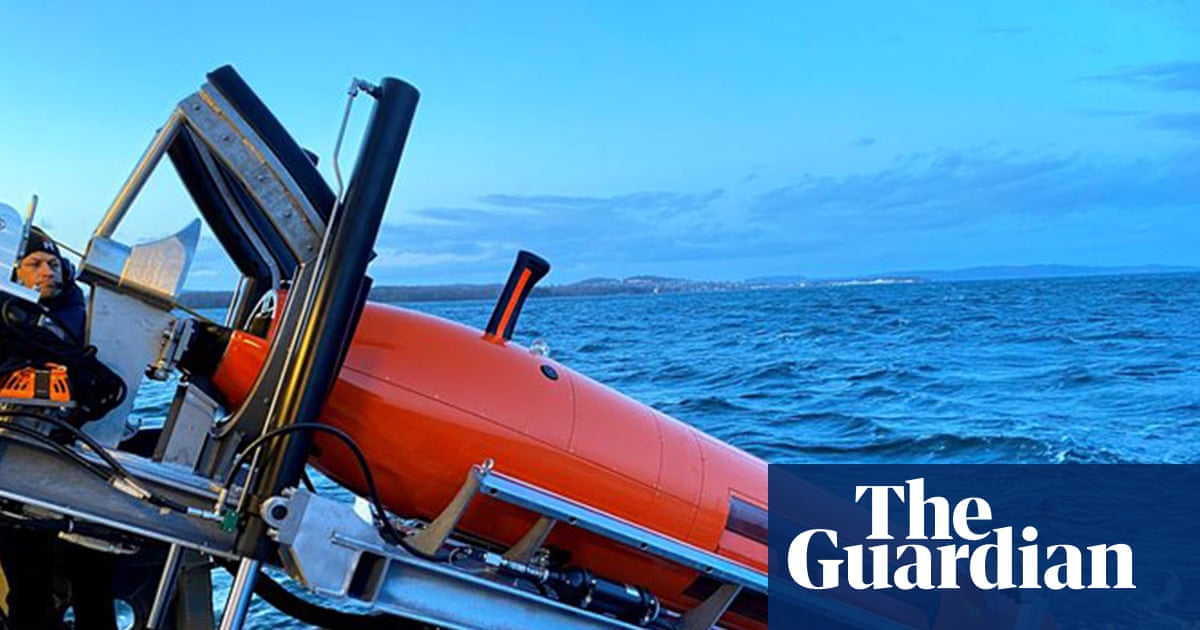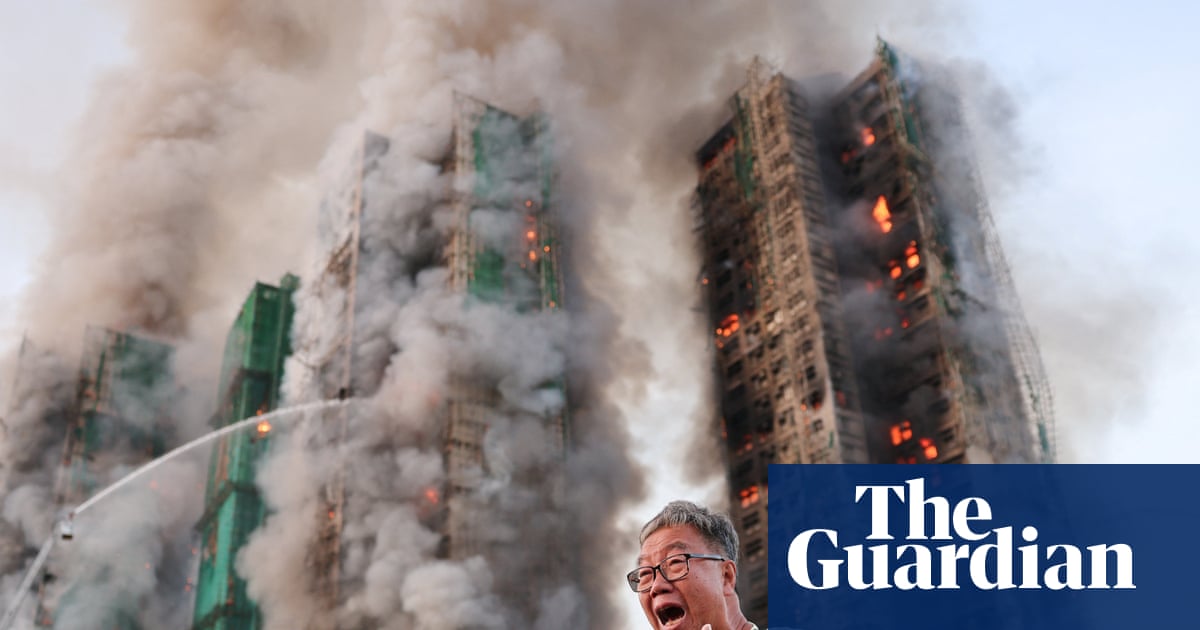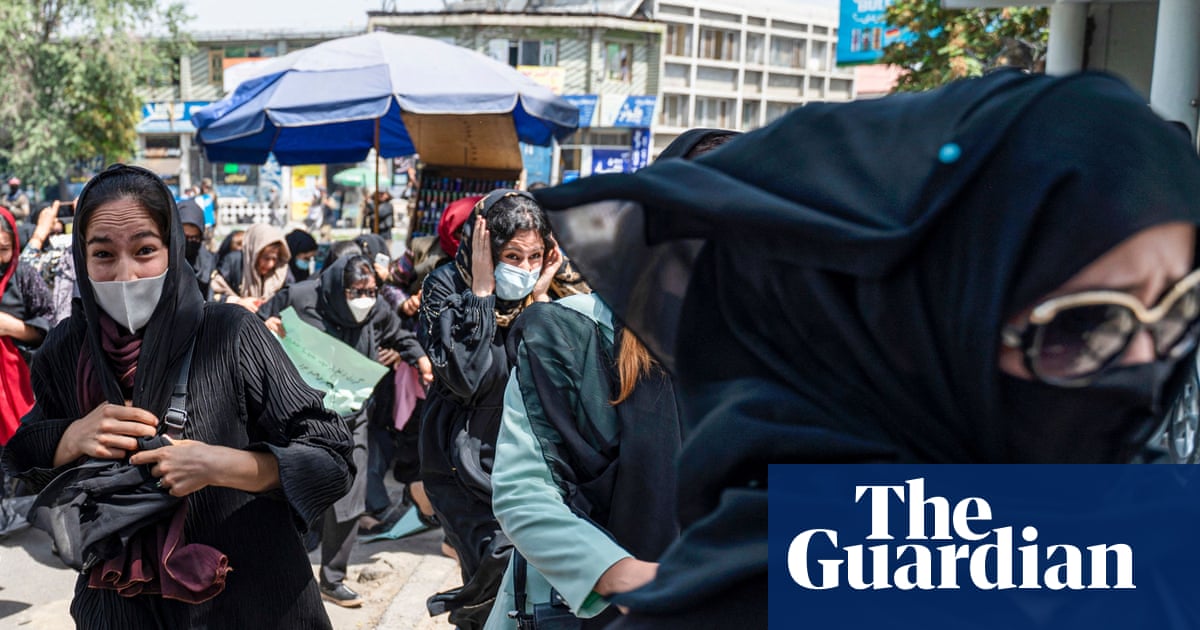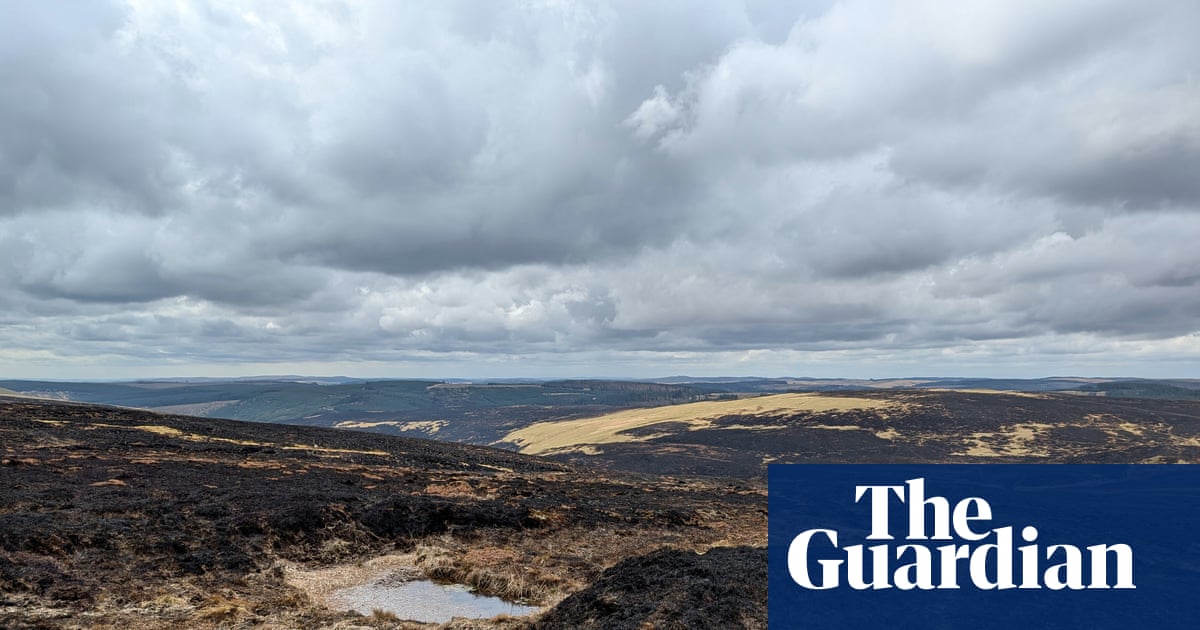On the yellow bus rumbling through the Dominican Republic’s sugarcane fields back to the settlement, Sainristil sat among the jolting bodies of other Haitian workers in ripped orange shirts. These journeys are routine – always the same grumbling stomachs in anticipation of dinner, the same chatter among men who share a job, a home and a homeland.
But that evening, as the workers’ bus pulled into the cul-de-sac of communal housing, it came to a halt before two white buses marked with the words “Migration control”.
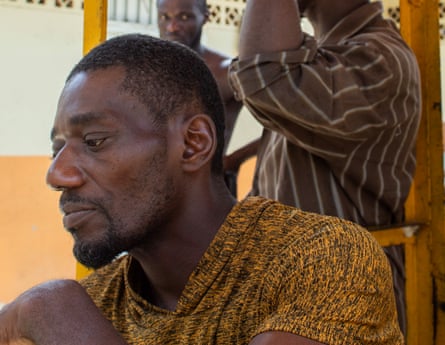
“They grabbed us like dogs,” says Sainristil, referring to the 3 July raid in Construcción, where uniformed men bundled 11 of the workers into the vehicles so they could be deported. Construcción is a batey, one of the Dominican informal sugarcane settlements that have long been safe zones for Haitian immigrants and Dominicans of Haitian descent.
But that is changing. Under pressure to meet a weekly deportation quota of 10,000, the Dominican Republic’s general directorate of migration (DGM) is now pushing into bateyes. Raids are increasing, and even people born in the Dominican Republic – with documents or not – are being rounded up and deported, flagrantly disregarding laws, according to human rights organisations.
Targeting Haitian immigrants became widespread during the second term of the Dominican president, Luis Abinader, whose government imposed the new quota in October 2024, when 15 measures to “combat illegal immigration and guarantee national sovereignty” were announced.
This intensified enforcement comes during a rise in nationalist sentiment. Most Dominicans – 59% – believe that immigration harms the country, well above the regional average for negative views towards migrants.
Haitians are a target even though they are one of the world’s populations most vulnerable to climate disasters – a major factor in their emigration, alongside poverty, urban violence and food insecurity.
During the first 20 years of this century, Haiti was one of the top three countries – after Puerto Rico and Myanmar – to be affected by extreme weather events, based on the Climate Risk Index.
The Dominican Republic, which shares the island of Hispaniola with Haiti, does not appear in the top 10.
Experts agree that environmental degradation, worsened by Haiti’s dwindling 3% tree cover, has led to widespread displacement. By February 2025, violence and climate-related disasters had displaced more than 1 million people – about 10% of the population.

According to the Stockholm International Peace Research Institute, the climate crisis is a crucial driver of forced migration, with more than a quarter of displaced households in Haiti forced to move multiple times, largely due to hurricanes, floods and landslides.
The bateyes started as simple settlements on sugarcane plantations and are among the most marginalised and impoverished communities in the Dominican Republic. As the workers’ families expanded, they evolved into multigenerational communities.
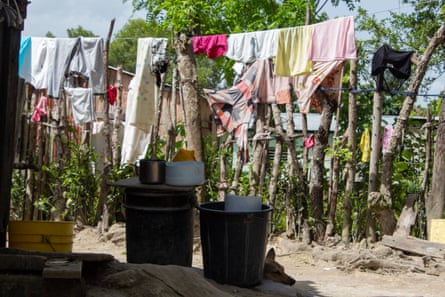
While private bateyes, such as Construcción, still follow strict residency rules limiting housing to workers and their families, many public bateyes have become functioning neighbourhoods, blending into nearby towns and cities.
In Monte Coca, a public batey, Miranda scoops rice into bowls for each family member. The room is dark, with light streaming in from an opening in the wall as she cooks over a charcoal stove, sweating in the 30C (86F) heat. Each bowl has its owner, but in the last month she has had to set three aside, praying her sons and nephew return.
“I felt like part of my heart was torn away,” says Miranda, standing where she was when she was told they had been detained. “I wanted to go look for my son but I couldn’t,” she says, “because if I had gone, they would have taken me too.”
after newsletter promotion

Although Miranda, her sons and nephew were all born in the Dominican Republic, none are recognised as citizens by the state. Their lack of documentation stems from nationality laws that have long excluded Dominicans of Haitian descent.
Deportation figures from the DGM do not match those of the International Organization for Migration (IOM) because many Haitians are victims of a racket in which people are detained by corrupt officials whom family members must then pay to get their relatives freed.
The problem is not new and has been acknowledged by Abinader, who says his government is working to combat it. From January to June, the DGM recorded more than 184,000 deportations – 56,000 more than were reported by the IOM. The difference is the number of multiple arrests of the same person.
“The issue is that people are not being counted, events are being counted,” says Bridget Wooding, director of the Caribbean Migrants Observatory (Obmica), a research centre studying migration dynamics in the region based in the Dominican Republic’s capital, Santo Domingo. “You can have the same person detained and deported several times.”
Miranda’s family were victims of the scam. Her husband, along with Carlo, a Monte Coca community leader, had to race to raise the money before his boys were deported. They got enough money together with the community’s help but, when they sent it, the agents blocked Carlo’s number. At four o’clock the next morning, the boys were loaded back on to the truck, this time bound for the border.
Instead of finding a lawyer, the family paid the buscones, as the scammers are known, a second time and the boys were returned home after four days in Haiti. Yet within the month, as Miranda’s sons sat outside with their cousin, her youngest was caught again.
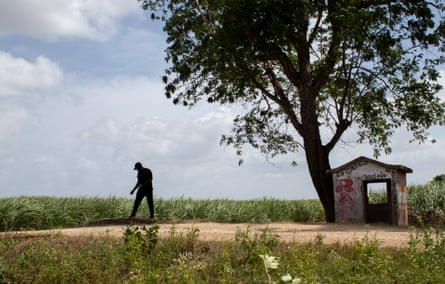
“The first time, it felt like my soul left me. The second, I didn’t know what to do,” says Miranda.
“It’s like a business. If you have money, you don’t go to Haiti. But it has become more aggressive and more abusive,” adds Carlo.
The practice of targeting Haitians has been condemned by human rights defenders. Gabrielle Apollon, director of the Haiti Project at New York University’s Global Justice Clinic, denounces the intentional secrecy behind the detentions and deportations.
“People are rounded up in these cage-like deportation trucks and shipped off to Haiti as quickly as they can be. Nobody has any recourse [to the law],” she says. “How are you going to find a lawyer if you can’t even contact a parent to get you any access?”
The government spells out the rules and rights around deportations but in practice, laws are broken and human rights are disregarded, campaigners say. “The Dominican Republic is violating its own legislation,” says Wooding. “Virtually anybody in uniform may take matters into their own hands and participate in these activities.”
The Dominican Republic’s general directorate of migration was approached for comment.
Yet within the batey communities of San Pedro and Hato Mayor, it is common knowledge that migration does not respect individuals’ dignity or fundamental human rights.

Many communities in this region have a leader of sorts, who tries to help meet the community’s needs. The job now carries the new weight of navigating the increased number of immigration cases. And while deportations within the bateyes were almost unheard of before the quota, now every community faces a very real fear.
“They’re going into people’s homes,” says Fidel Herredia, a community leader who can recount numerous instances of migration officers carrying out night-time raids in his batey of Alejandro Bass.
“They come in [the house] like – ‘Hello, hello! Who’s there?! Haitian!’ Boom!” Herredia yells. “They throw you in the truck and take you away like you’re an animal.”
Jon Valdez, a migrant who has spent 46 years working the fields, is wary about what lies ahead for Haitians. But after decades in these sugarcane communities, he is confident about their strength in adversity.
“They think we are alone,” says Valdez. “But we are not alone.”

 3 months ago
45
3 months ago
45







